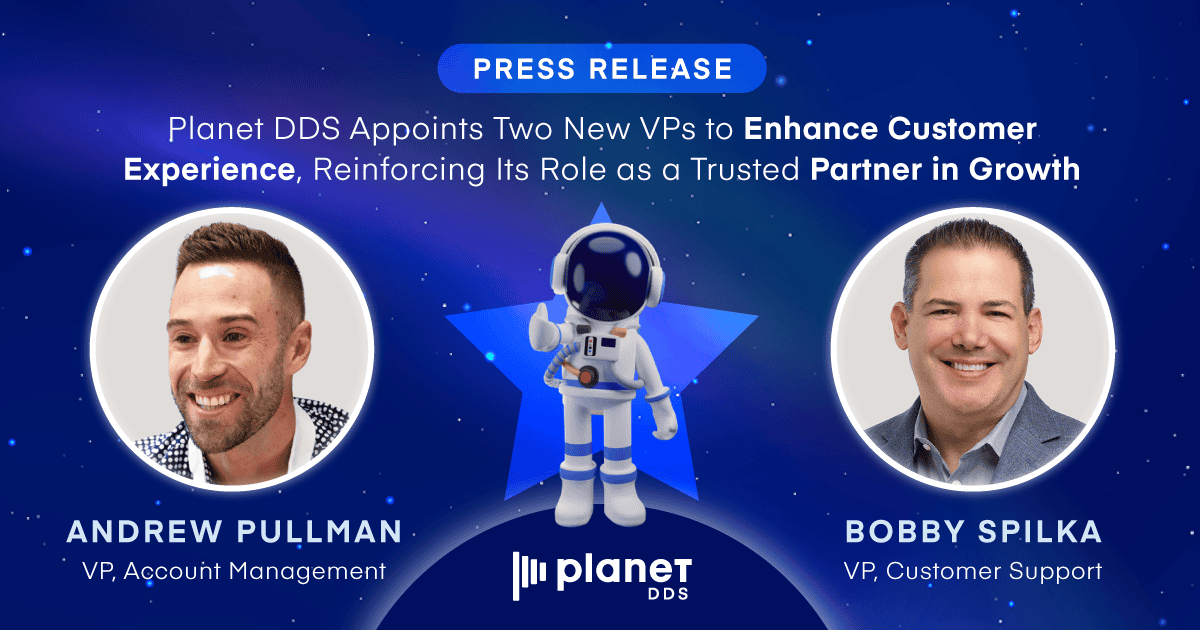Famous Objections: How to Address Dental Deterrents

From Shakespeare to Tom Petty, when famous people poke fun at going to the dentist they’re reflecting something deeper. Beneath the sarcasm and humor, their observations play on fears many people share when it comes to getting professional treatment of their teeth. Yet understanding the roots of these apprehensions can help you effectively address obstacles for your patients.
Happiness is your dentist telling you it won’t hurt and then having him catch his hand in the drill. —Johnny Carson
Root obstacle: Distrust. Whether it’s finding a procedure to be more painful than expected, or suspicions that costly dental treatments aren’t really needed, the underlying cause of mistrust is that a patient doesn’t know you well enough to believe you have their best interests at heart.
How to prevent: Be authentic. Demonstrate concern for your patients’ health and pay attention to the information they share with you about themselves. You might make note of facts about them in your PMS to bring up at subsequent visits. Then follow up appointments with friendly emails and other communication touchpoints (for between-visit ideas, check out our eBook Six Easy Touchpoints to Retain Patients ).
Blessed are they who hold lively conversations with the helplessly mute, for they shall be called dentists. —Ann Landers
Root obstacle: Fear. Negative experiences with a dentist, often during childhood, can scar patients for life. Sometimes these occur in the chair where patients–like Ann Landers–feel completely helpless. Other times, experiences are tainted when pain-numbing medications wear off during post-procedure recovery.
How to prevent: Create a peaceful operatory environment with soft lights and music. Send pre-appointment surveys such as Comfort forms to find out what triggers each patient and adjust accordingly. Some patients may want headphones during their procedures, or might prefer not to be spoken to at all while in the chair. For additional suggestions, download our free eBook, How to Use Forms to Overcome Objections .
Sometimes, giving up your privacy is a little like going to the dentist and we have let him have access that no one’s ever had.—Tom Petty
Root obstacle: Embarrassment. As Tom Petty suggests, seeing a dentist is invasive. Whether struggling with bad breath or feeling shame for practicing poor oral hygiene, patients are easily embarrassed at the thought of letting a near-stranger poke at their gums and teeth.
How to prevent: Show empathy. Remind patients that you’ve seen bad teeth before (it’s sort of in your profession) and explain their treatment gently.
Every time I go to the dentist they say, ‘You really need to fix that gap of yours’. I’m like, ‘My gap is paying your dentist bills.’ —Lara Stone
Root obstacle: Finances. People fear the formidable costs of treatment, even when resolving an issue quickly can prevent more expensive procedures in the future. Often, unknowns surrounding finances are more debilitating than the actual total bill.
How to prevent: Make your prices transparent and easily accessible for patients, and emphasize the value and benefit to their oral health. Also, consider offering membership or payment plan options to encourage patients who might be facing financial difficulty.
For there was never yet philosopher
That could endure the toothache patiently. —William Shakespeare, Much Ado About Nothing
Root obstacle: Time. Many people put off going to the dentist until it’s completely unbearable–the toothache they can no longer endure, as Shakespeare says! Making time for the dentist often falls to the bottom of folks’ priorities and top of their procrastination lists. However, citing a lack of time can be a cover for deeper fears, such as worries about lengthy procedures that require anesthesia.
How to prevent: Make expected visit times clear on your website and in pre-appointment communications. Ensure that appointments start and end on time, and consider offering more flexible hours such as evenings and weekends for patients who have tight schedules.
I do get scared of the dentist, so a drive-through dentist might make me feel more at home. If I got to stay in my car. —Jessica Pare
Root obstacle: Lack of education. A lot of misinformation surrounds dental treatments, such preferring a supposed drive-through dentist where you get to stay in your car!
How to prevent: Educate patients with materials that are easy to read and engage with. Be their go-to for reliable information, and emphasize the benefits they’ll receive from the treatment rather than fear factors or clinical information.
Want to learn more about how to address misperceptions and encourage patients to take action in getting the dental care they need? Download our free eBook, Unscheduled Treatment: Psychology of a Patient’s Buying Decisions .



